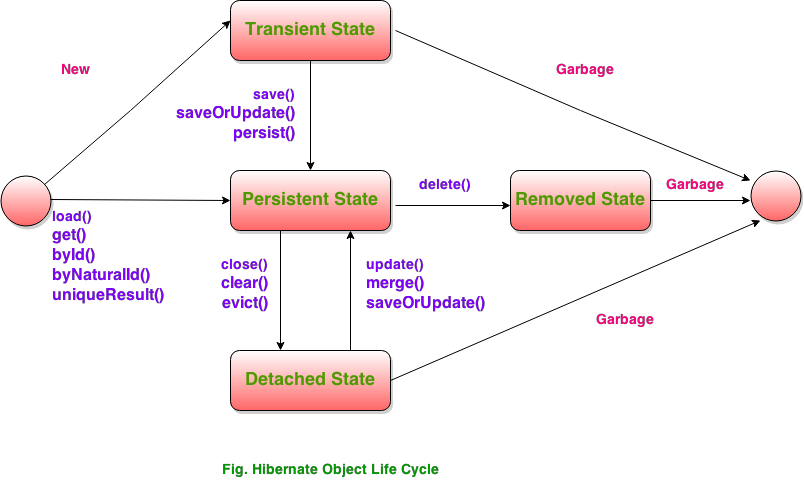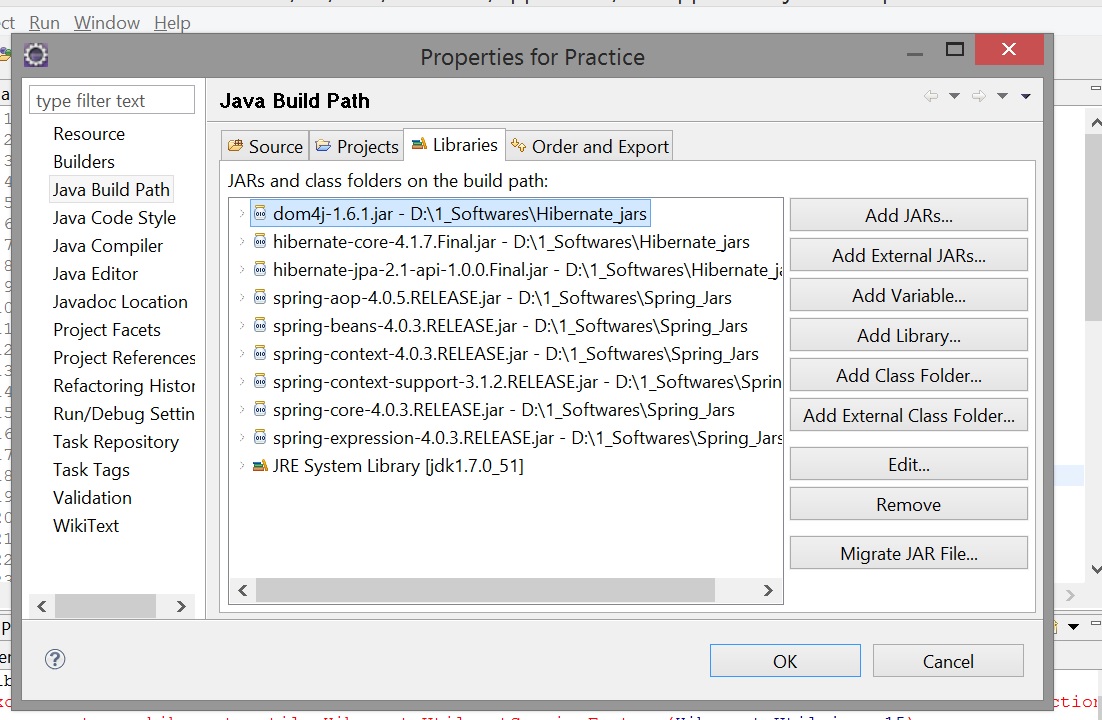
HIBERNATE JAVA SQL HOW TO
So, we will write a SQL resultset mapping without using JPQL query, understand how to use field results. The ‘entityName’ property allows to specify the entity name and ‘fields’ property allows to specify a set of for field/column definitions to be is the annotation to specify the mapping between the resultset column name and entity property is the annotation to specify the mapping entity constructor argument type and resultset column name.įirst, we will understand with default mapping in a custom mapping way. This annotation have two main properties ‘entityName’ & ‘fields’. This annotation have two main properties ‘name’ & ‘entities’ The ‘name’ property allows to specify the name of the mapping and ‘entities’ allows tospecify the java entity with is the annotation that contains entity name to be mapped and it’s field/column settings. Mappings also can be done in 2 ways either we can do the field mapping, or we can use the constructor to map is the annotation that contains all SQL resultset mapping for all native queries. These mapping can be done in two ways, either we can write in an annotation style, or we can write orm.xml and place in the MET-INF folder so that JPA provider will parse this, and do the mappings.Īnother way to write, JPA annotations and write the mapping using annotations. If more queries of these types are present, we need to write more mappings maintenance will not be an easy java job. We need to write some custom mapping for this. When the automatic mapping is not possible like, using some alias names or joining of column values, or if the query result needs to map to multiple entities, then these default mapping will not work. JPA 2.1 version supports these by using SQL result mapping so we can use any JPA provider implements 2.1 specifications. It will be more comfortable and easily maintainable if we can tell EntityManager to map the result of SQL query into entities. This will result in a lot of repeated code, and type cast to model variable type. You would have noticed that doing above required care for casting and extracting from object array. Long id = ((BigInteger) record).longValue() Results = em.createNativeQuery("SELECT a.id, a.firstName, a.lastName, a.version FROM Author a").getResultList()

We need to iterate this array, and cast each object to a specific type, and map them to a model through SQL server consulting. The downside of these is, it will return List instead of returning List of entity classes, each object array will hold the single row of the resultset. In most complex cases, JPQL is not powerful enough to write the queries we need to depend on the SQL native queries or stored procedures as well. Package import import import is one of the most powerful languages for SQL to write the queries which will execute on all databases. Now package structure looks like following Here we are using hibernate.dialect as "" Persistence.xml file must be under src/META-INF (Please check below screenshot(project structure) Hibernate JPA With H2 EclipseLink JPA With H2 Hibernate JPA With Informix EclipseLink JPA With Informix Hibernate JPA With SQL Server EclipseLink JPA With SQL Server Hibernate JPA With PostgreSQL EclipseLink JPA With PostgreSQLĬom. (exact name depends on PostgreSQL version)

Hibernate JPA With DB2 EclipseLink JPA With DB2 Hibernate JPA With Derby EclipseLink JPA With Derby Hibernate JPA With Sybase EclipseLink JPA With Sybase Hibernate JPA With HSQL EclipseLink JPA With HSQL Mysql-connector-java-5.1.25-bin.jar (exact name depends on version) ĮclipseLink JPA With MySql Hibernate JPA With MySql You can check below different database with Hibernate and EclipseLink examples You need to remove classes12.jar (Oracle driver) and add sqljdbc4.jar (SQL Server driver) into classpath I am going to reuse JPA Tutorial With Hibernate Note Hibernate is popular open source ORM (Object Relation Mapping) tool for Java platform, for mapping an entity to a traditional relational like Oracle, MySQL, SQL Server etc

If you want to configure Hibernate JPA With Oracle, you can follow JPA Tutorial With Hibernate On this standalone JPA Example, we are using Java Persistence With SQL Server

HIBERNATE JAVA SQL CODE
Ie you can able to change Hibernate implementation to EclipseLink implementation without changing the code base. Java Persistence API, is a standard interface which wraps different ORM tools such as Hibernate, EclipseLink, OpenJPA etc. How To Configure Hibernate JPA With SQL Server? Hibernate JPA With SQL Server explains step by step details of setting / configuring Java Persistence JPA With Hibernate And SQL Server


 0 kommentar(er)
0 kommentar(er)
